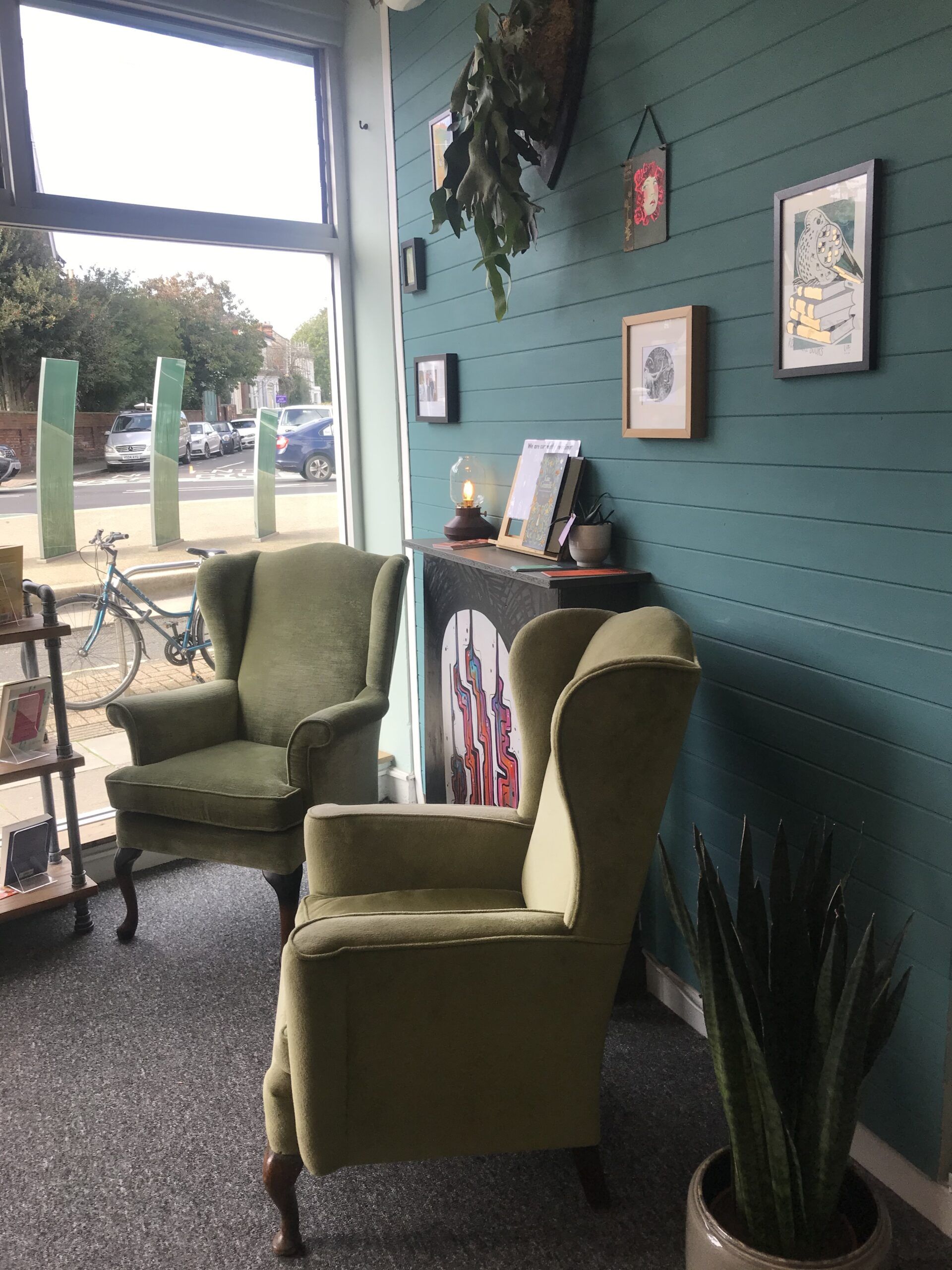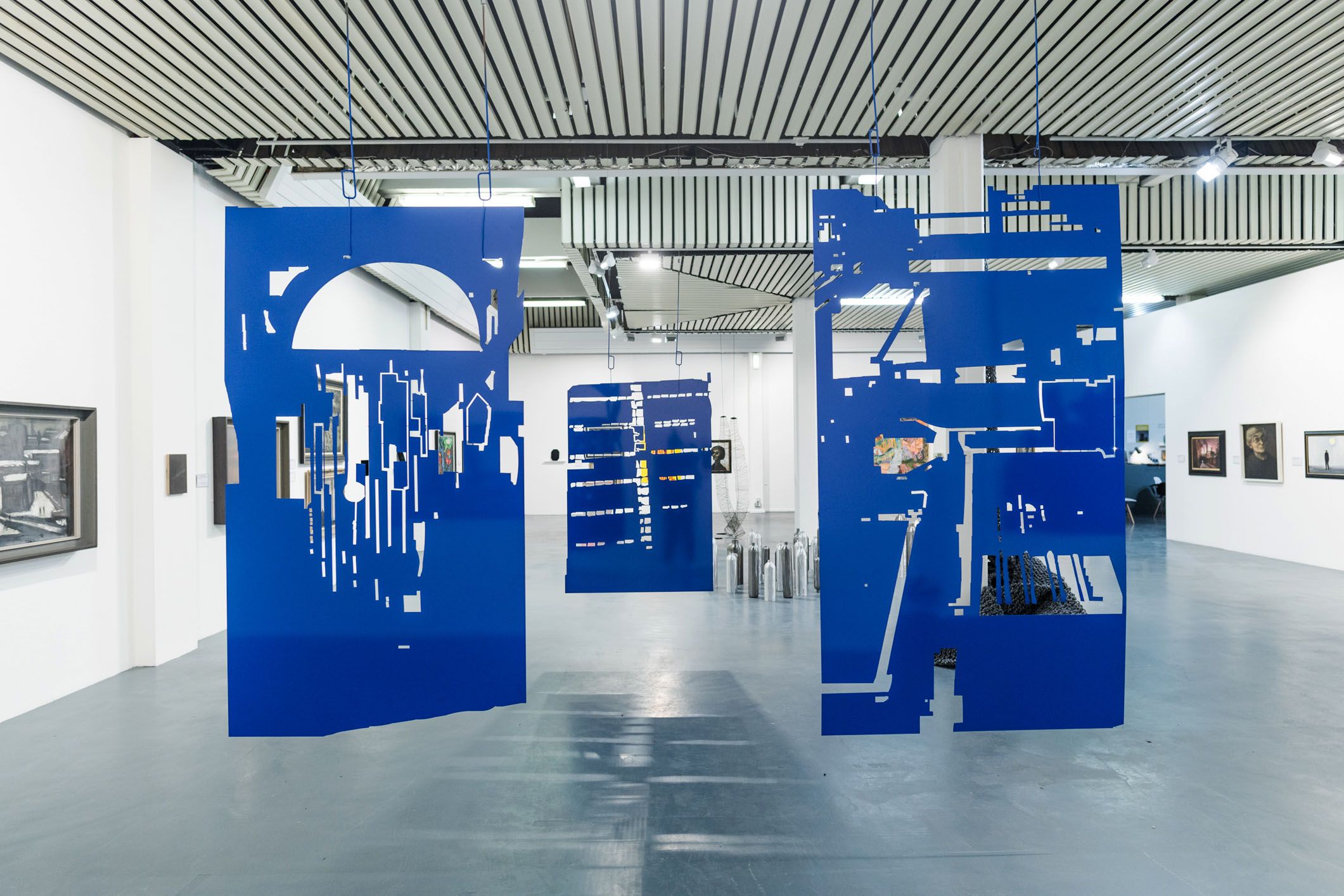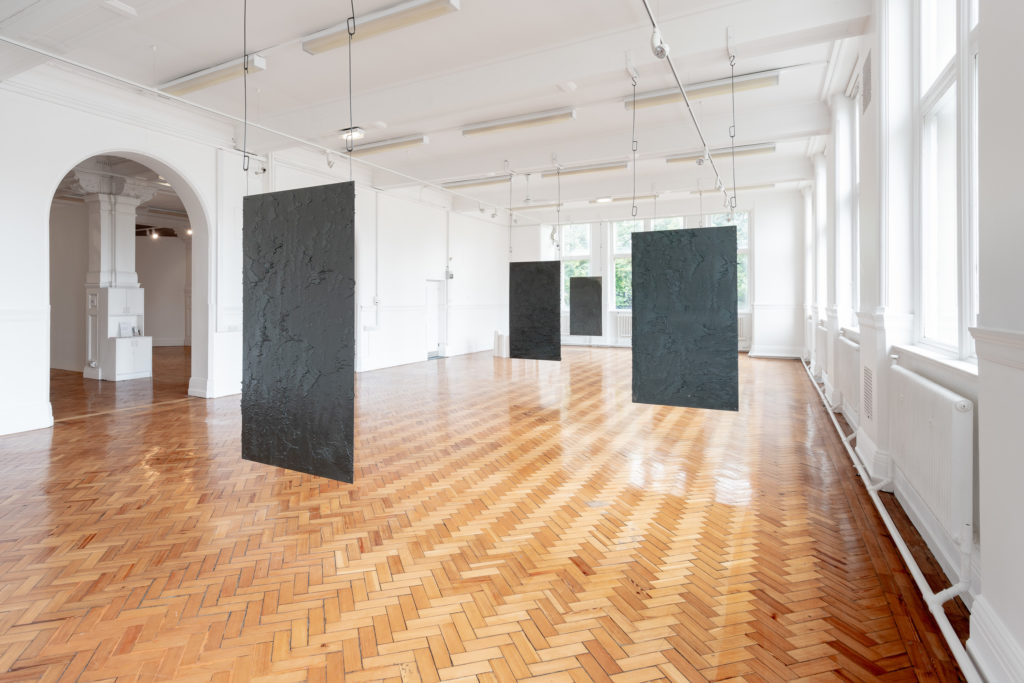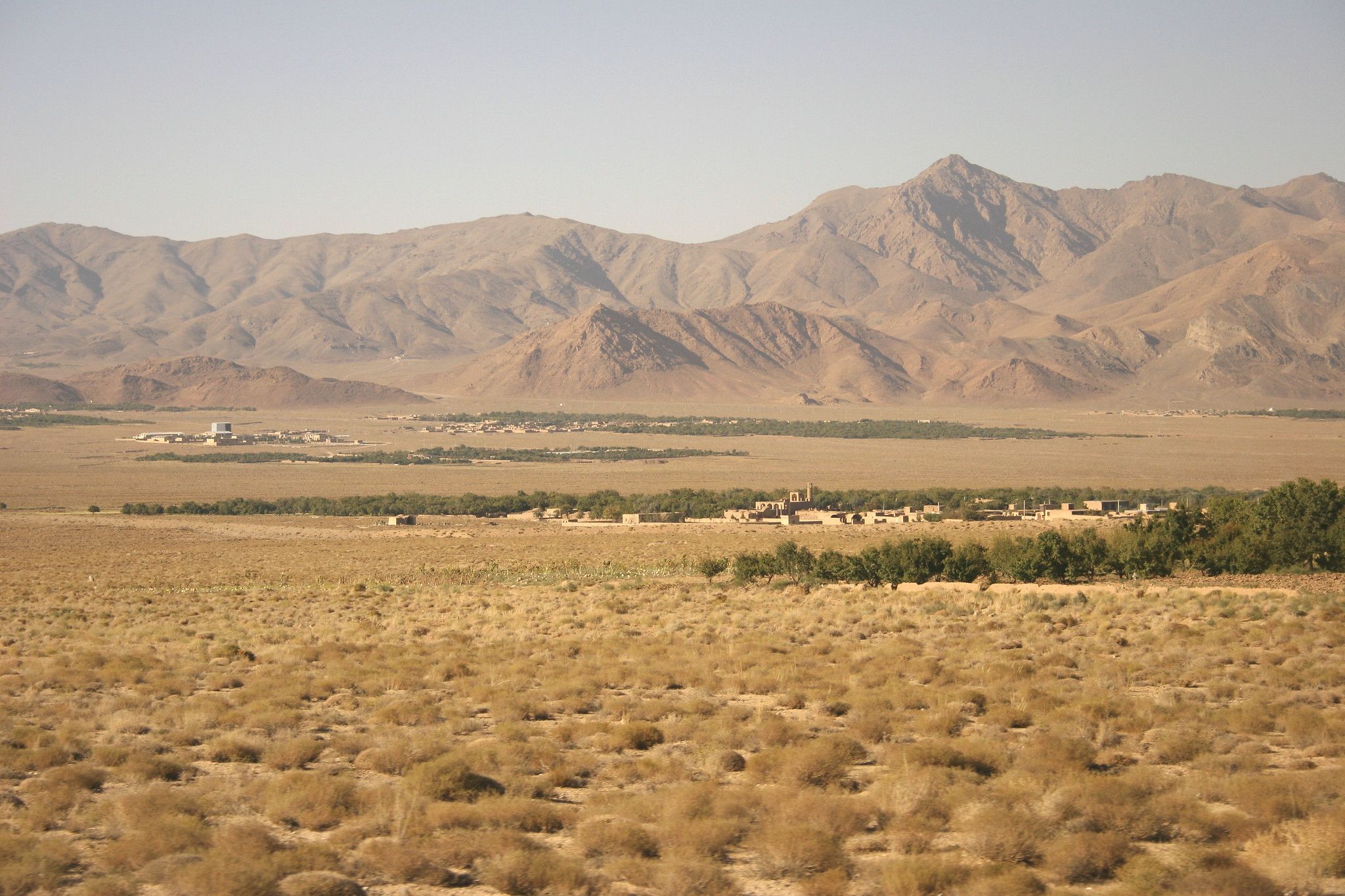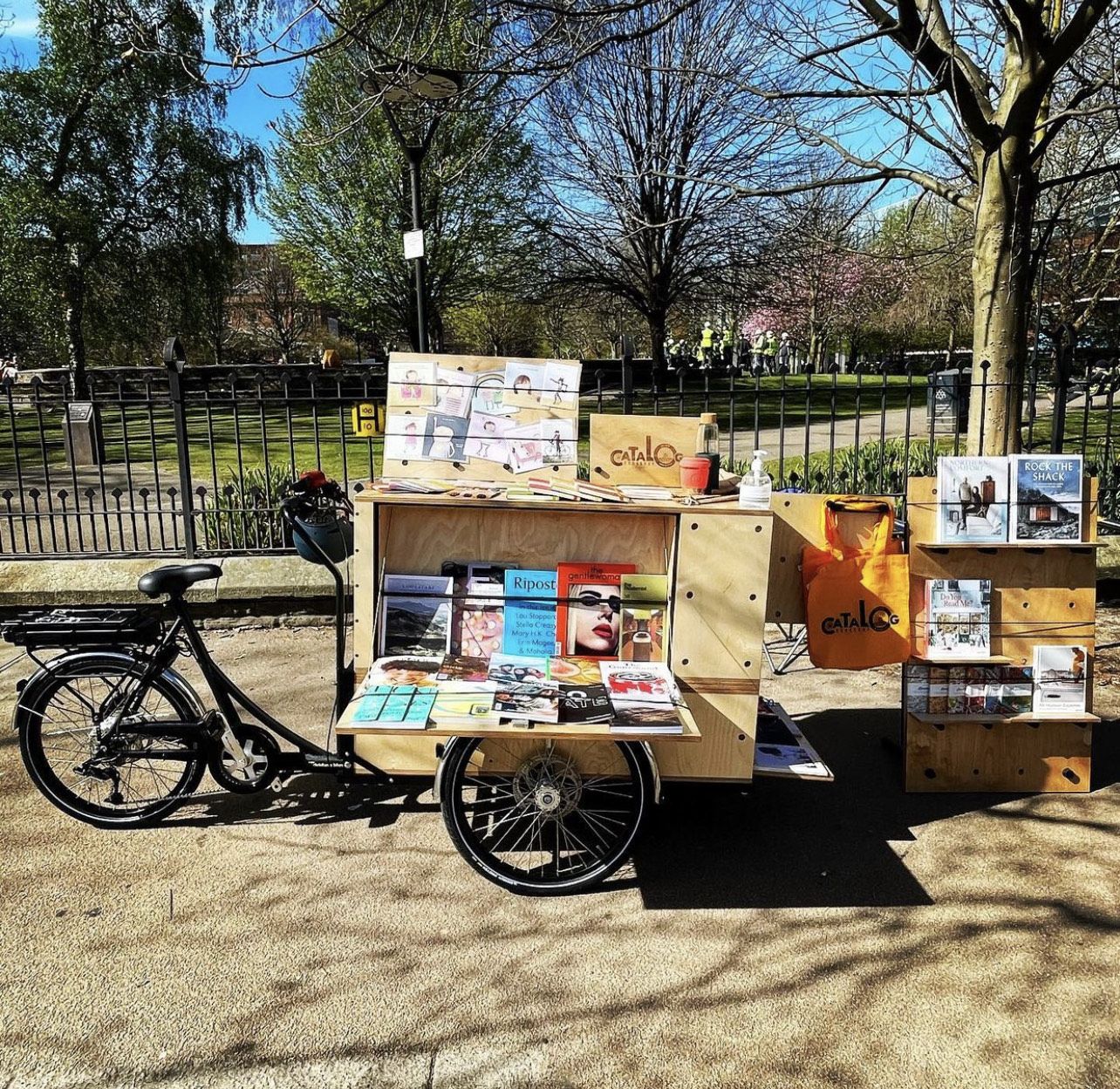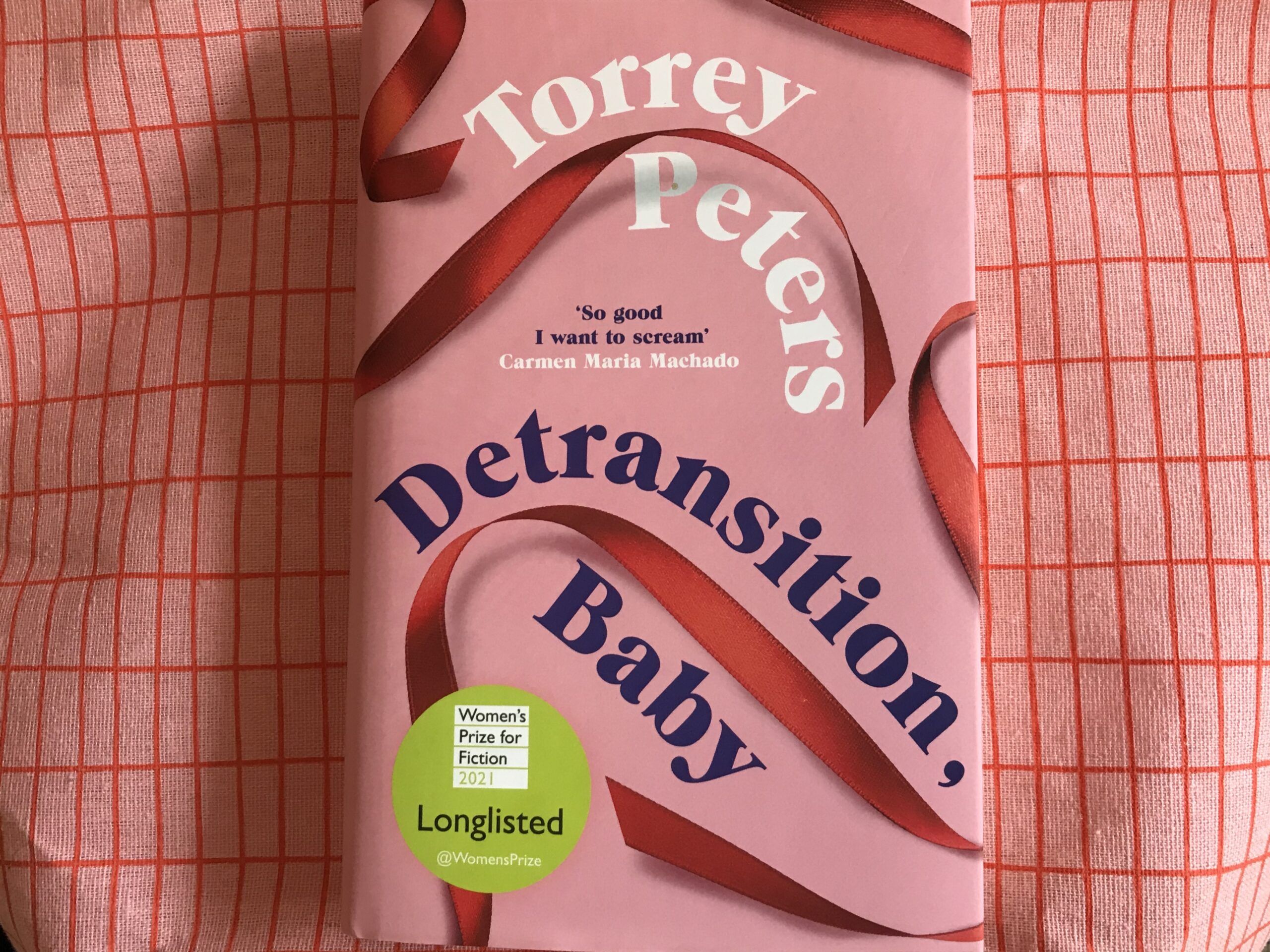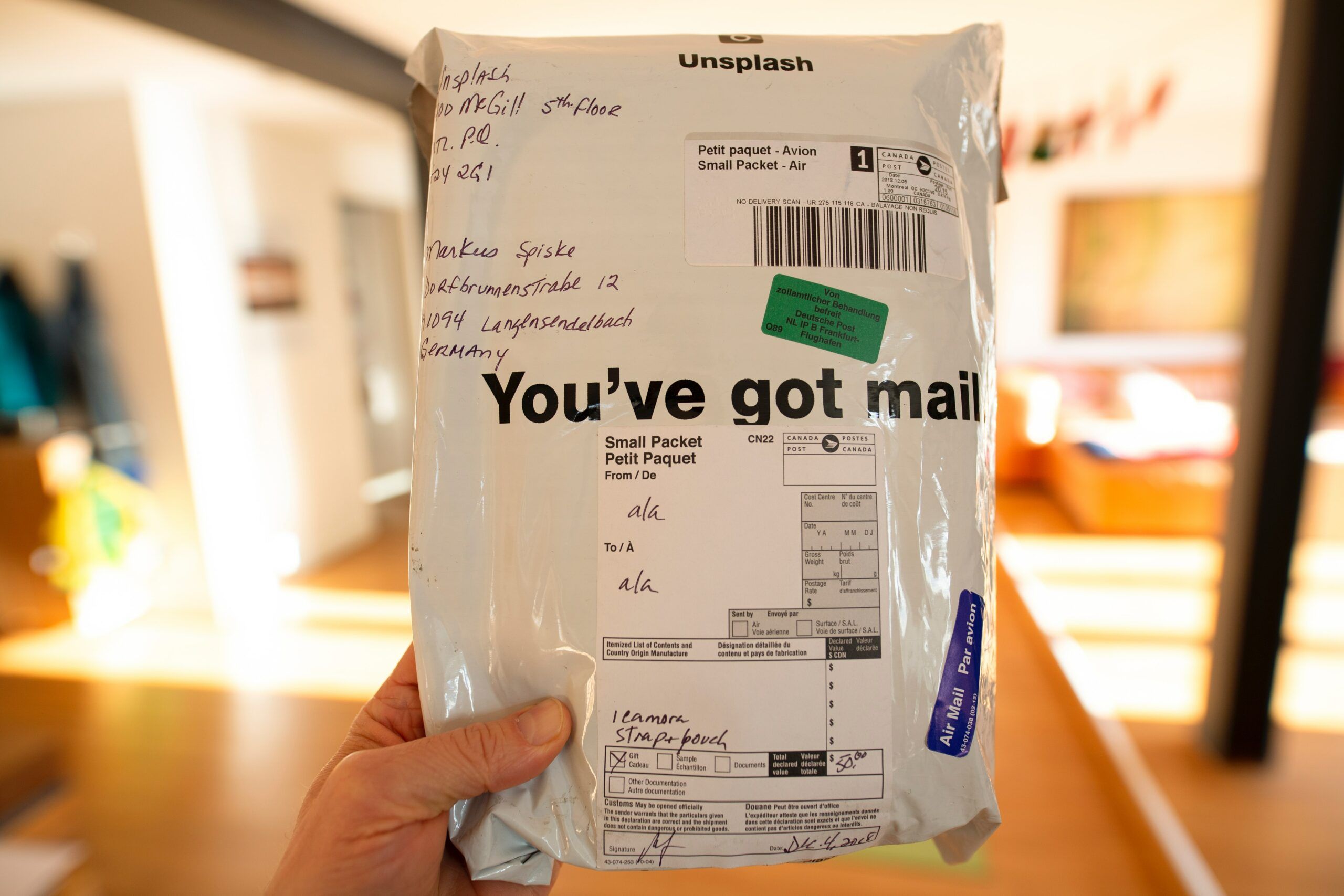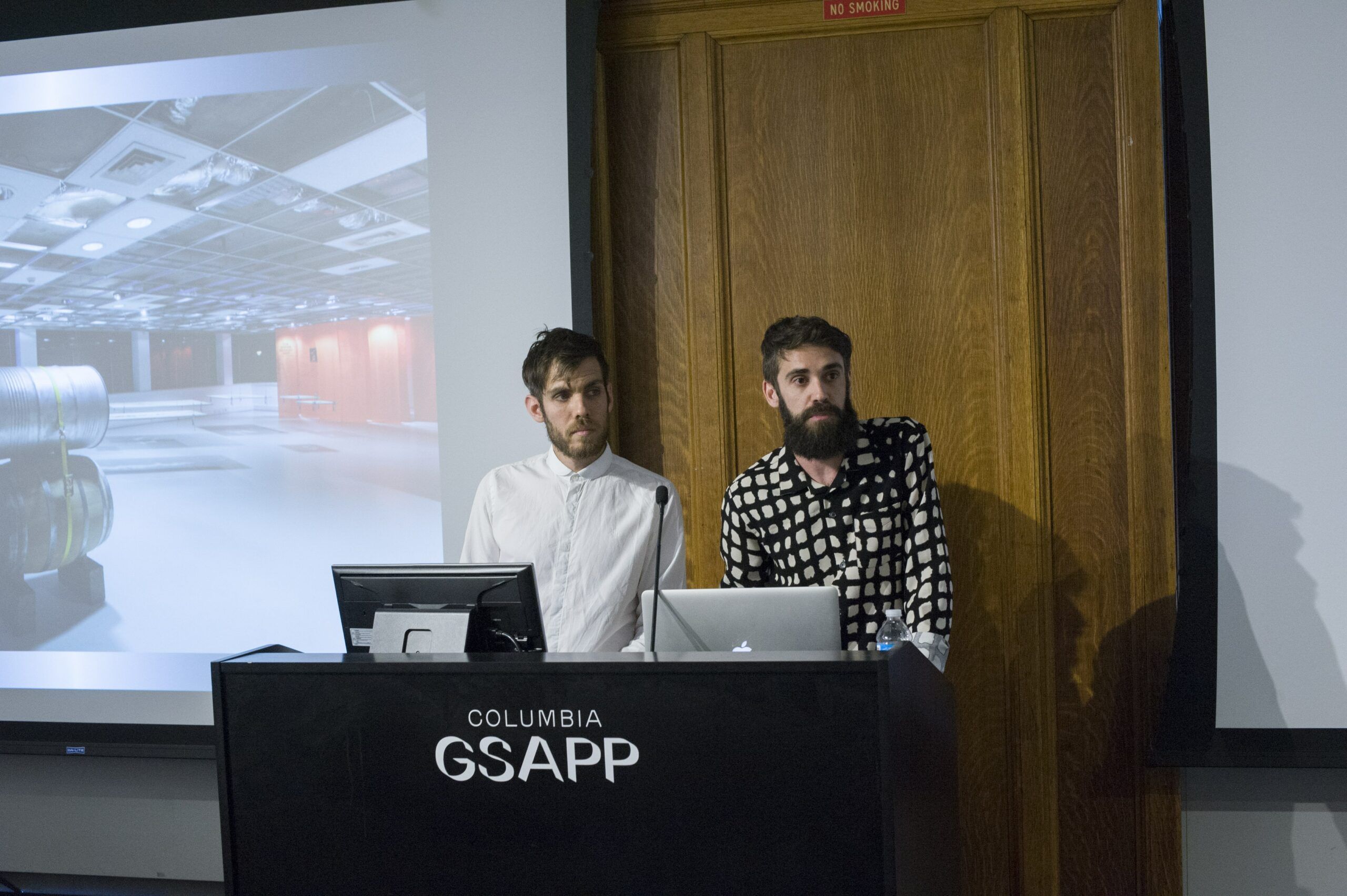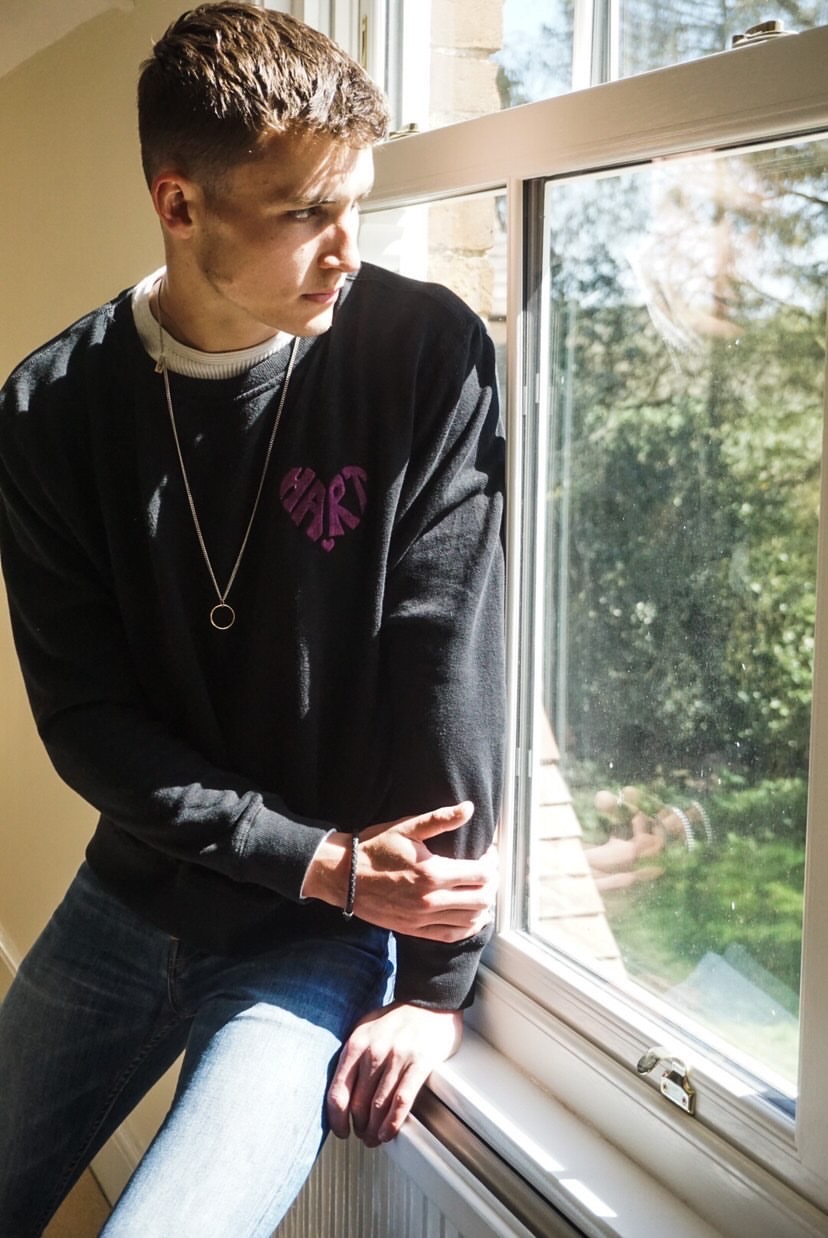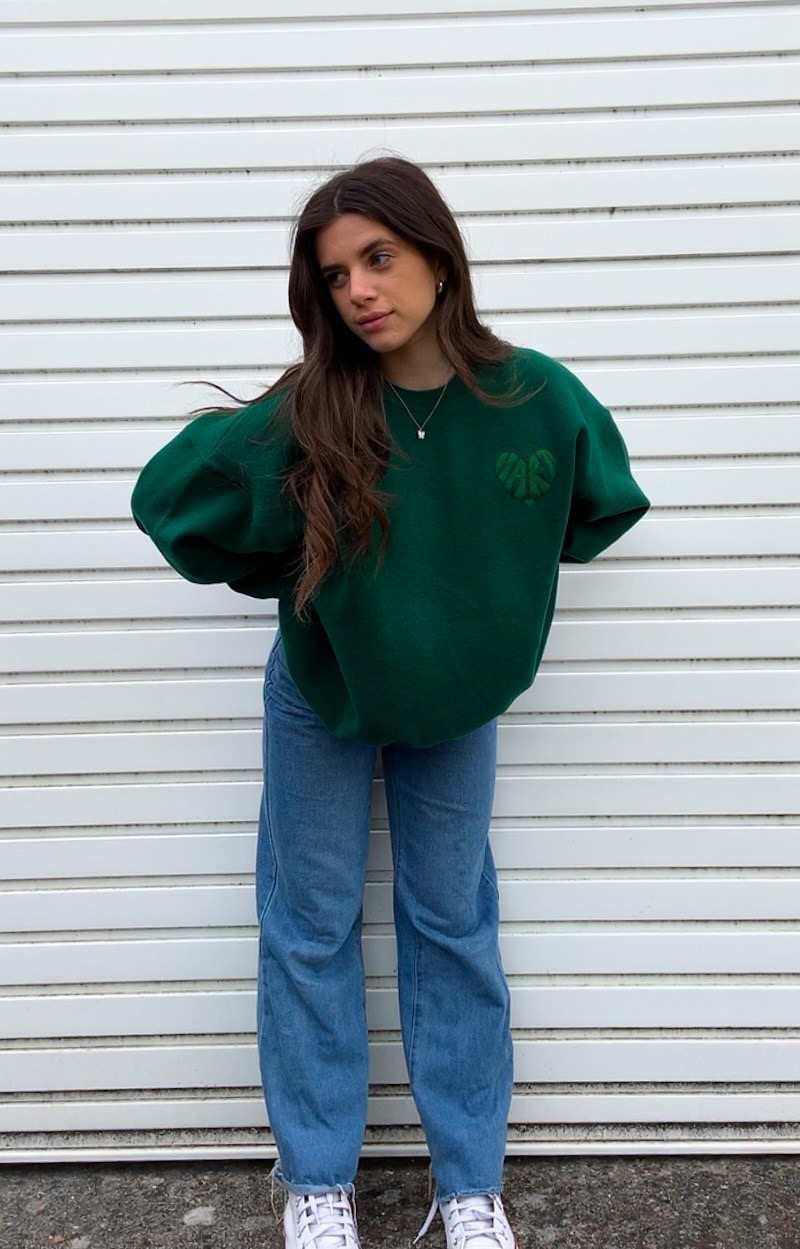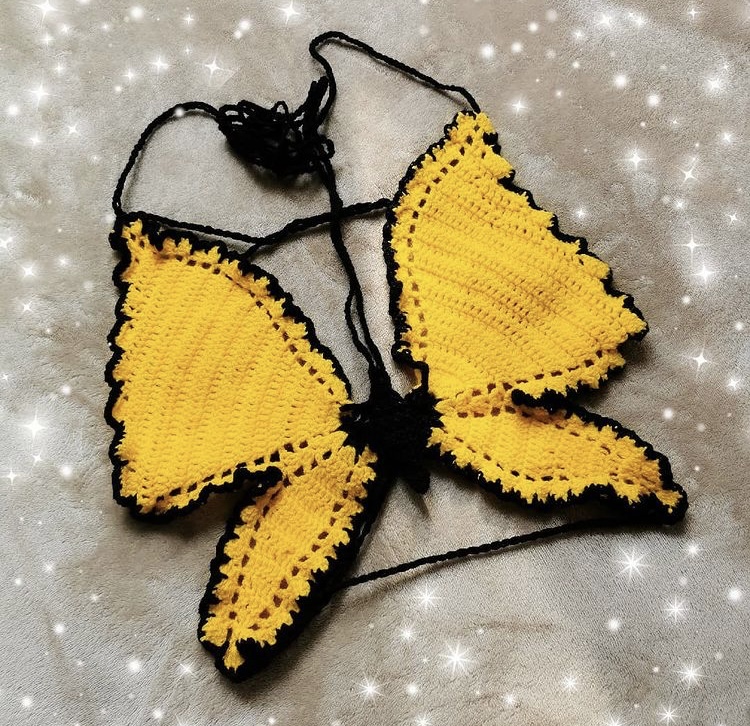Solo Dates: Episode 1
Welcome to this new series where I take you along with me on my solo dates in Manchester as I retrace my steps and reflect on my mutterings!
On Monday 17th, the day where all hospitality opened up indoors, I decided to make an occasion out of the day. While it was a Monday and, although my dissertation was submitted, I still had two more assignments, I decided to indulge in this “Back to the Bar” movement and do my work in a cafe instead of my lounge.
I ended up in Foundation, a workspace cafe in the Northern Quarter, full of young creatives and freelancers. I ordered my go-to oat milk flat white and it was a nice change to have my coffee served in an actual mug and saucer rather than a paper takeaway cup.
I got out my laptop and spent almost four consecutive hours doing some uni work while somehow nursing that singular cup of coffee for the entire period of time I was there. Talk about multitasking.
After getting the fifteen-minute warning that they were closing up, I packed up what felt like a suitcase and trotted along the New-York-in-the-1970s-vibe streets of the Northern Quarter.
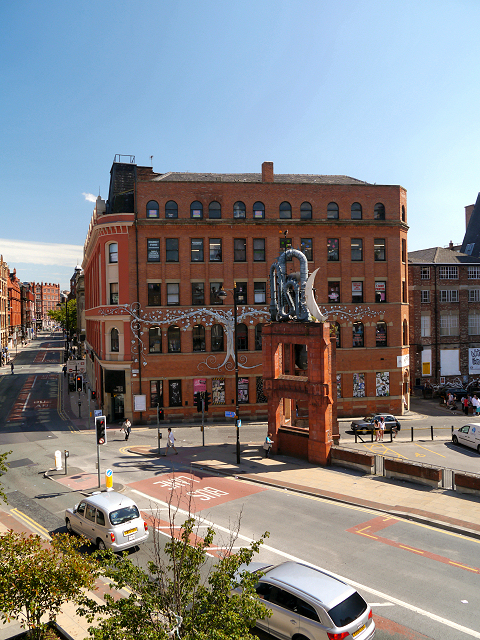
I took myself sightseeing: the murals, the big pedestrianised square which looks more like Europe than the North of England, and Clampdown Records – the shop the gang from It’s A Sin lived on top of in the Pink Palace.
I wound up in Night and Day to finish off uni work. It probably wasn’t the best idea as I looked a little incongruous sat there with my laptop while everyone sat there downing pints and mixers. I ordered a glass of house rosé to fit in a bit more.
Zoning out with my headphones on, sitting down in the comfort of sofas and heating and plug sockets felt good compared to the pissed-down upon gazebos and rickety patio furniture we’ve called home for the past year and a bit.
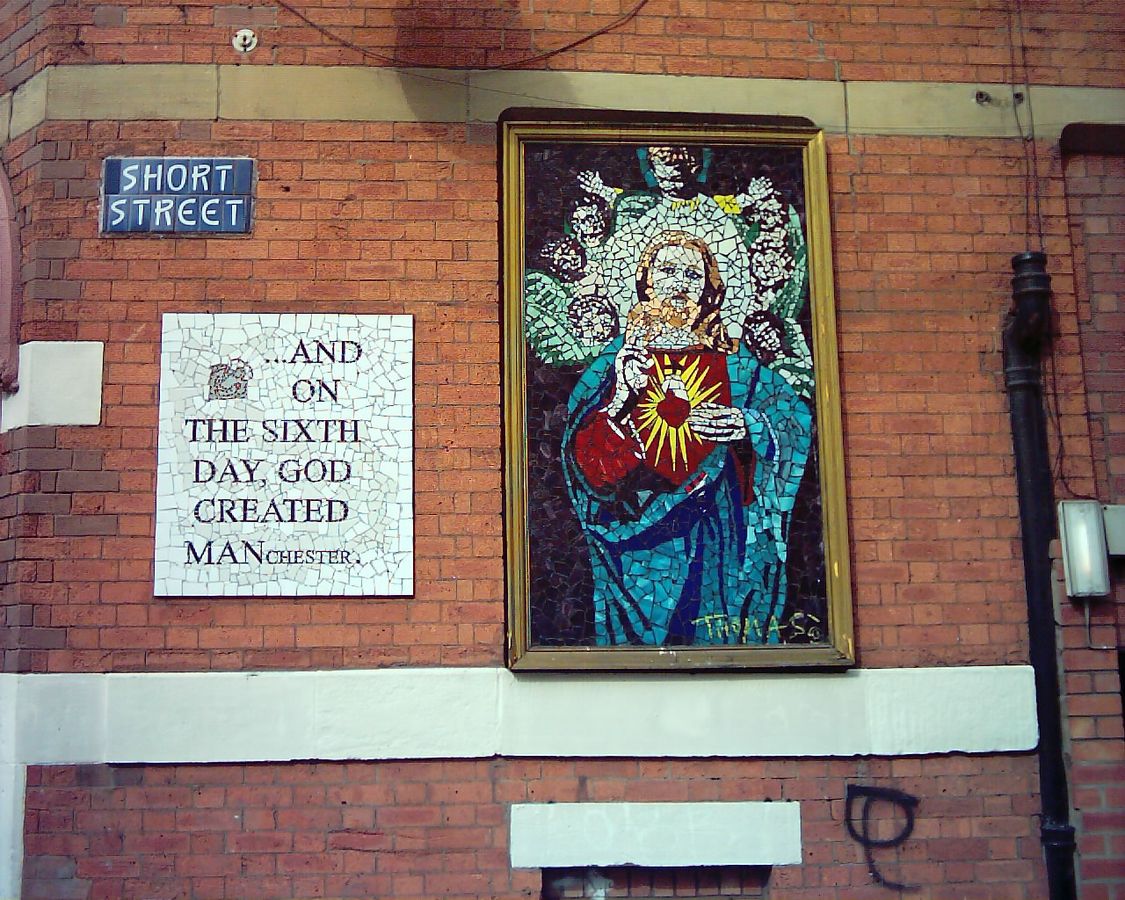
After I’d nursed the rosé as best as I could and decided I couldn’t take up an entire table with my laptop and splayed out contents of my tote bag, I packed up my things and headed out – happy with my day’s work. I guess the whole “write drunk, edit sober” philosophy which I held so dear to my heart during first year actually worked out in this instance.
Following some more aimless walking around and people-watching the Monday crowds, I decided to treat myself to dinner. Walking down Tibb Street, I found myself at one of my favourite restaurants in the Northern Quarter – Cocktail Beer Ramen Bun.
In I went, greeted by lovely smiley faces. I was popped onto the bar where I had lots of room for my headphones, notebooks, and Paulo Freire book.
There is something so empowering about going out alone and getting to know yourself the way you would with another person if you were on a date.
I enjoyed the buzz of surrounding phone notifications, broth-slurping, and jargon-heavy chat between the waitresses and bartenders.
I didn’t want to wear my headphones for this, the end of my first official solo date, listening to some obscure Spotify playlist. I wanted to really be on a date with myself. And, I can confirm, I would 100 % go on a second date.
After leaving my little haven of female camaraderie and safety, my feelings of empowerment and pride at being a woman who dared to take up space on her own began to fade. And I hate the fact that it did.
Upon leaving the Northern Quarter and venturing out into Piccadilly Gardens towards the station, I became instantly aware of being a woman and being alone.
Loud and rowdy crowds of men were shouting and screaming, some pushing each other into shop fronts and bus routes, others coming right into my face. I became aware of the fact that these men probably never second-guessed or questioned their existence as a man, let alone a man taking up space.
I had gone from proudly displaying my alone-ness and happily taking up my due space to now trying to make myself as small as possible. Trying to accommodate for the lack of space these men were giving me and the amount of space they so thoughtlessly took up.
Headphones which were previously blasted to volume-level 100 in my ears were now around my neck because I became aware that I needed to have all my senses engaged in case something were to happen.
The keys which were previously in the bottom of my tote were already gripped by my hands, even though I was over half an hour from my front door.
I realised that these little methods of protection and precaution were so innate and second nature to me. So much so that I hadn’t critically analysed their presence in my life until this night. I became frustrated at how quickly I obeyed these codes of conduct.
After over a year of life in lockdown I realised I’d grown naive. I forgot what it was like to be a woman alone in public and this night forced me to remember it all.
It didn’t mar or ruin my night. It didn’t do anything more but result in a few complaints, panicked breathing, and repressed annoyance at sexism. I made the conscious decision to not let this ruin my solo date.
I had spent the day really getting to know myself. Not just myself as a person, but myself as a woman in particular, and the space that I operated and occupied.
While this was my first spontaneous solo outing in a date-form and I definitely wasn’t totally prepared for it, I want to use this new series of Solo Dates to reclaim the space as a woman and as a woman alone.
How radical.

